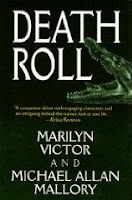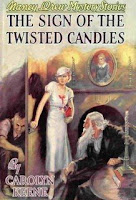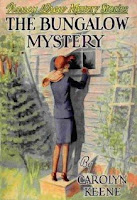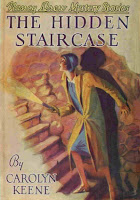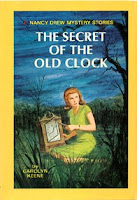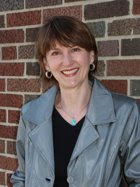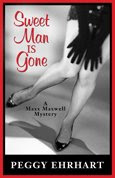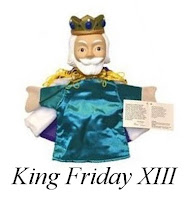Shoe-a-Palooza
So it was with an extremely heavy heart that I discovered that my personal shoe heaven has now been shuttered. May I have a moment of silence for Filene’s Basement.
Fie on you who say: Wait! Filene’s Basement still exists. Sure that’s true if you believe that Cool Whip Lite tastes the same as Whipped Cream made from actual heavy cream. Filene’s Basement, in its present incarnation, is a perfectly nice discount store chain. You can find some good deals, but where’s the sense of adventure – and the educational component – that was part of the original Beantown bargain store?
Let me tell you the sorry tale.
In less than two weeks, my daughter is off to Scotland to spend the semester at The University of Glasgow. (Yes, I know. We all want to come back as our kids.). So, my thought was to grab a few days once her summer jobs ended, and head off to Boston for a weekend of theater, good meals, and shopping. We would bond over my credit card. We landed in Beantown a little after noon, and within fifteen minutes, headed over to Downtown Crossing, the location of Filene’s Basement.
For those who aren’t familiar with this cultural landmark, here’s the basic concept. Filene’s Basement was literally the bottom two floors of Filene’s, a traditional Boston department store. It bought up odd lots of high-end merchandise from manufacturers and other large department stores. But the fun – and that’s what it was – the fun was in the pricing system. The price tag for every item in Filene’s Basement included the date it was first put on sale. The original sale price was usually significantly lower than what you’d pay at most other stores, but there was the promise of even better deals. Fourteen days after the article entered inventory, if it hadn’t sold, the price was reduced by 25%; 14 days after that, the price was reduced by 50%; 14 days after that, the price was 75% of the original sale price. And if it still didn’t sell, then after 14 more days it was donated to charity.
At the age of seven, my daughter learned how to do fractions by calculating the savings on a pair of designer shoes that I could at last afford because they had been stuck on the shelf for 28 days. I still remember the day I found a set of 800-count, queen-sized blue sheets and matching pillow cases (and there will someday be a blog on the luxury of high-count sheets) that were just $20 because they had languished in the Basement for 42 days. Ah, those were the days.
But all good things come to an end, I guess. It was a traffic cop who took us aside to explain the brutal truth. Filene’s Basement had closed last September. The building was undergoing a massive renovation that was to last two years. It’s supposed to reopen in 2009 — but the owners have made it clear that they are under no legal obligation to do so. Sigh.
It took me a little while to figure out what it was I was going to miss. Does this make sense? We all have to shop for the basic essentials in life. Some of us enjoy it; many don’t. I probably fall in the middle and my patience when shopping usually wears thin far sooner than my daughter’s. But Filene’s Basement made it a game. I probably didn’t need the sheets — but the price was too good to pass up. It was a win-win for the store and for me. I won’t say I didn’t need the shoes, because well, just because I always need shoes. That’s the way it is for shoe-a-holics.
But mostly, I think I’ll miss the fun I had rummaging through the piles with my daughter. Calling out to each other when we found an item, even if we hated it, that was 75% off. We might not have bought it, but we enjoyed the hunt.
RIP, Filene’s Basement. We’ll miss you.
Marian, the Northern half of Evelyn David


